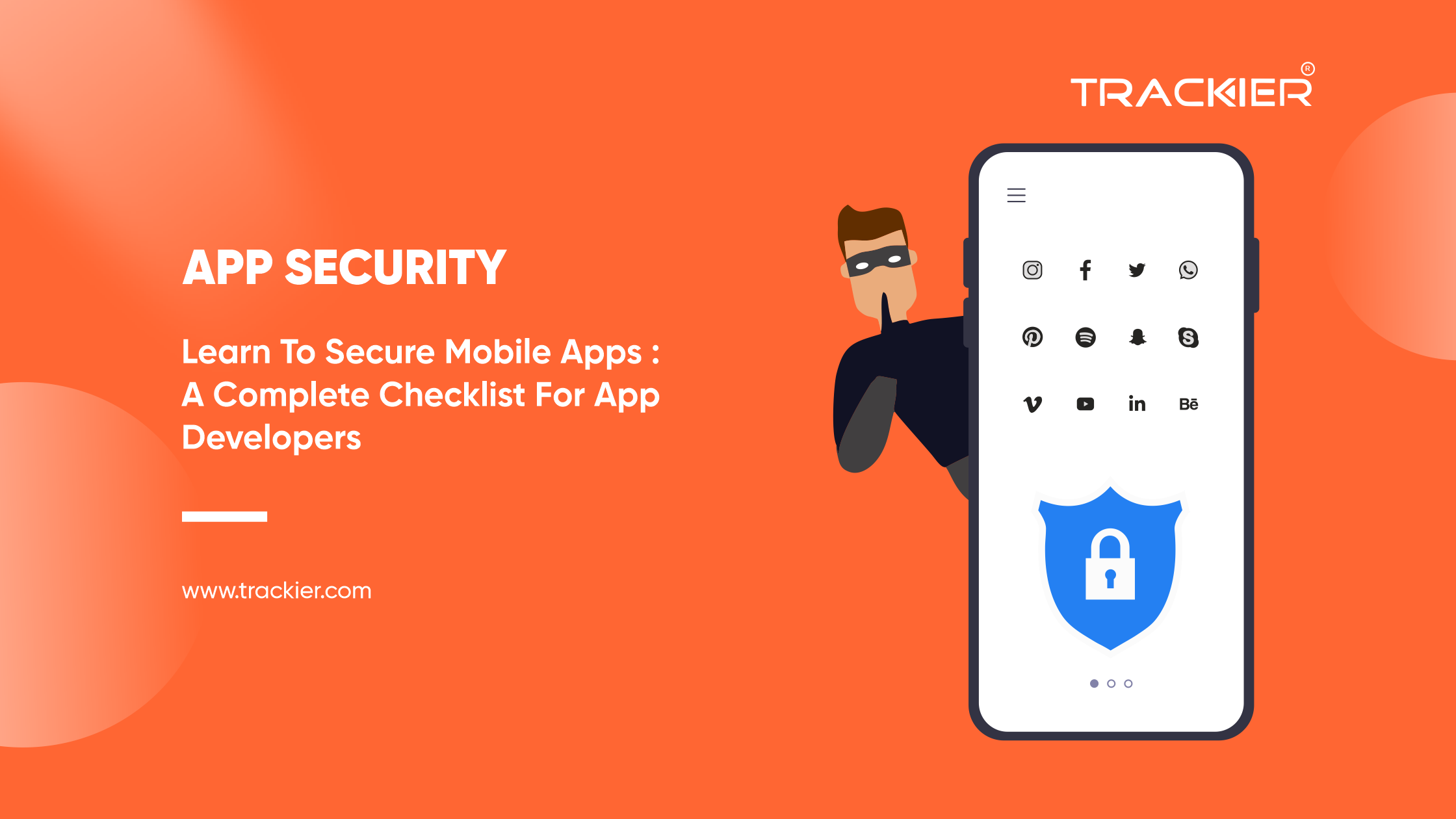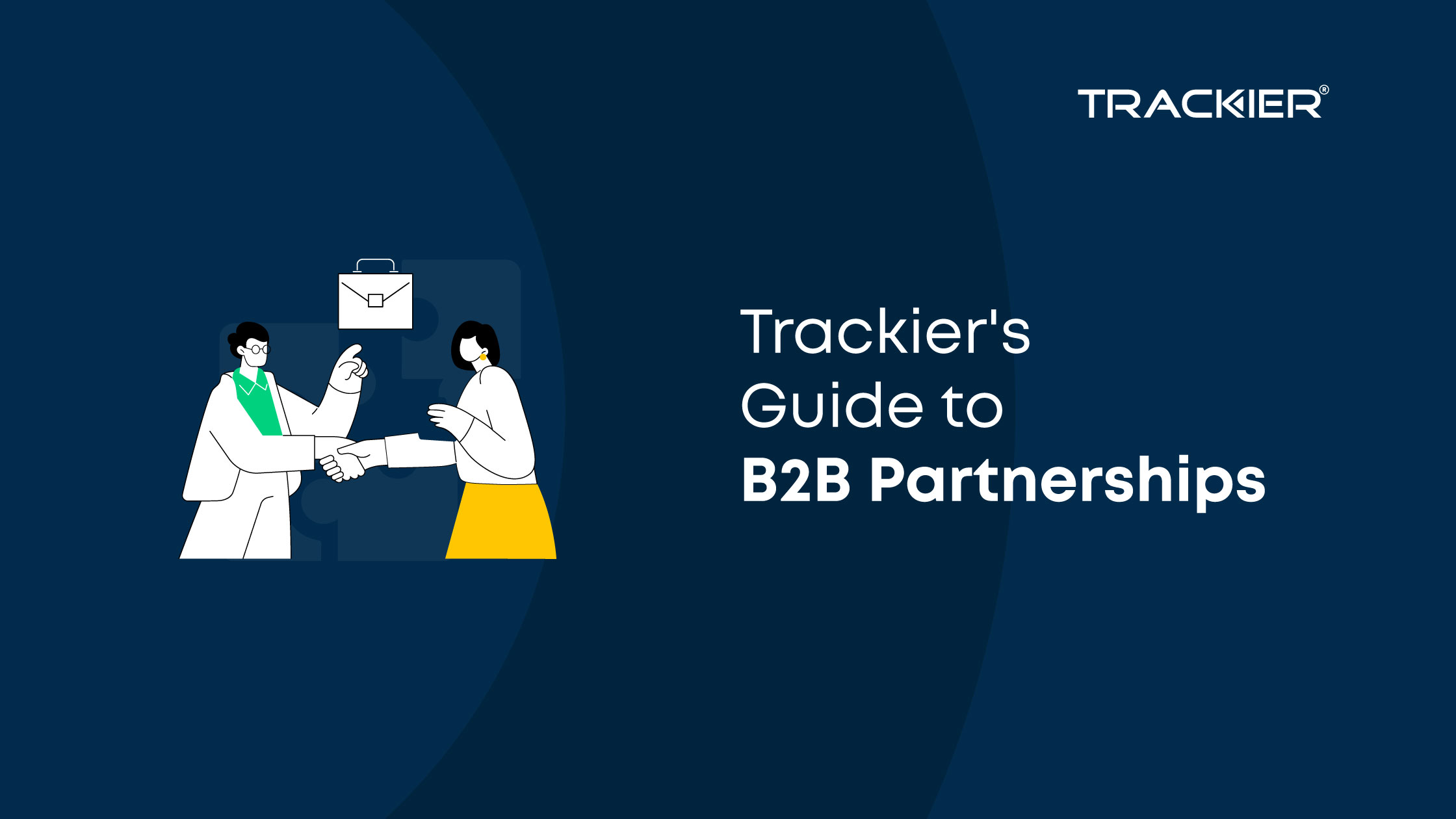In the world of technology, having a mobile in hand is the norm. Mobile devices are more frequently used than desktops or laptops. Smartphones carry a lot of sensitive information, including financial and personal data. Thus, they have become a necessary component of daily life and utilising the app security benefit must be the concern of the app developers.
Smartphones are full of apps, right? Yes. Additionally, the number of startups seeking to create an app for their company is rising. Users are now concerned about the security of apps as the app market is growing.
Every business depends on the relationship of trust between the client and the business. The trust is weakened if the security is compromised. You will surely lose the users’ trust if the app is hacked, and it is quite challenging to regain it. Because of the numerous security concerns in the online world, app security is essential. Similar to this, numerous workplace systems exchange sensitive data that hackers are continuously looking for.
More than 75% of mobile applications, according to a recent report, fail fundamental security checks. As a result, app security is a requirement rather than a luxury. Every app should adhere to an app security checklist from the moment the first line of code for the app is written. Even one break-in will allow the incorrect people to obtain a lot of personal data about the individual.
So let’s go over the mobile security checklist to keep your app secure for both you and your users.
What Is Application or App Security?
By enforcing the greatest security procedures, app security practices protect mobile apps from malware and hackers. Mobile security is now needed.
Before going online, every app should comply with a security checklist. Because when an app gets hacked, it gives potential fraudsters access to banking information, current location, and more in addition to personal information.
Effects of Mobile Security Compromise
The results of the research conducted by IBM and the Ponemon Institute showed that:
– Only 40% of major corporations analyze their source code for mobile security. allowing a large number of hackers access to the program.
– 50% of businesses creating mobile applications have no money for app security.
– 33% of businesses never evaluate the security of their apps.
According to a survey conducted in 2014, hackers acquired nearly 1 billion worth of personal data.
And the use of malware is growing. If your app security mechanism is poor or nonexistent, hackers may be able to access the:
1. Customer Information
It may help hackers in getting access to any website’s login information. Moreover, revealing the consumers’ current location to cyber criminals.
2. Financial details
Credit or debit card information is accessible to hackers. The software is highly risky for payment transactions, particularly when there is no one-time password requirement.
3. IP fraud
For making an app clone that is not authorized, hackers receive the original app’s source code. The likelihood of the program being copied increases as it gains in popularity.
4. Loss of revenue
Paid subscriptions serve as many applications’ main source of income. A shoddy security system will provide hackers access to premium services, which will result in revenue loss, especially in OTT and gambling applications.
App Security Risks for iOS and Android
Antiviruses are not built into mobile applications. Mobile applications are made to give users better, more streamlined functionality.
Antivirus software cannot provide security for programs with bad coding. Both the creation of iOS and Android apps carries several risks.
Security risks in Android apps
- Reverse engineering
- Insecure platform usage
- Ignoring updates
- Using rooted devices
Security risks in iOS apps
- Jailbreak
- User authentication using Touch ID
- Insecure data storage in the apps
Other common security risks
- Lack of encryption
- Malicious code injection
- Binary planting
- Mobile botnets
Mobile App Security Checklist
Making sure the app is risk-free and the provided personal data is secure is the most crucial component of mobile app security. To be sure of this, the creation of mobile apps must start with several security assessments.
Regardless of how effective the development process is, there will always be faults or errors in the coding. This makes it simple for hackers to break in and obtain the information they’re after. A major concern is how to protect your mobile application.
Let’s examine the best mobile app security checklist below to ensure enhanced mobile security.
1. Protect Your Source Code
The primary component while programming an app is the source code. Many app developers now frequently use open-source code.
Because hackers may quickly construct clone apps using the reverse engineering technique with the aid of online tools, open-source code is riskier.
Therefore, protecting the code becomes important.
2. Safe Mobile Communications
There are numerous opportunities to be hacked while the data is being transferred from the user side to the app. The hacker is capable of conducting a man-in-the-middle assault through cellular and WiFi networks. While communicating, data security is crucial.
To secure data while it is in transit, encryption of communication data is used along with VPN tunnels, SSL, TLS, and HTTPS communication.
3. Make Effective Use Of Cryptography
One of the most crucial components of app security is cryptography. However, incorrect cryptography implementation will weaken mobile security as a whole.
So you should utilize the most recent APIs to ensure the best security possible while employing cryptography. A growing number of prominent cryptographies, including MD5, MD4, and SHA1, are shown to be vulnerable. A judicious choice of cryptography tool will increase the cyber security of your software. Never release a program without manually testing the cryptography.
4. Penetrating Inspection
One efficient method to identify vulnerabilities from a hacker’s perspective is penetration testing. By doing it, we can identify the vulnerability that the attacker might exploit.
Checking password policies, unencrypted data, permissions for third-party apps, no password expiry protocol, and other things are all part of penetration testing.
To make sure there is no way for hackers to access the data, penetration testing should be done regularly.
5. Make Strong Authentication Mandatory
The cornerstone of cyber security is the use of robust authentication. Lowering the danger of unauthorized access and password-guessing attacks is achieved by using high-level authentication.
By using a captcha, a secret code sent through SMS, and the password itself, multi-factor authentication helps to mitigate security concerns. Enhanced app security will result from stronger authentication.
Additionally, you can advise the user to change their password within a year or every six months. We can utilize biometric authentication methods like Touch id and retina scan for high-security apps in addition to passwords for further protection.
For greater app security, you can also implement a location- or time-based login.
6. Refrain From Using Personal Devices
Many firms permit staff to utilize personal devices for coding and testing to save on the expense of purchasing gear. This causes several code and data leaks. This is how a lot of malware spreads from one device to another.
To prevent this, businesses should offer a device that does not allow the installation of any additional apps, or they should install a firewall, antivirus, and anti-spam software on the devices that their employees use.
7. Avoid Data Breach
Users are free to install any personal apps they choose without putting their secure data in danger. Separating corporate apps from personal apps is crucial for this. Avoiding copy-and-paste functions is another way to stop data breaches.
- Limit the use of screenshots.
- watermarking private data.
- Prevent the saving of confidential files on their phone.
8. Use Third Party Libraries With Caution
By accelerating the app release, using third-party libraries is incredibly beneficial for the development process. However, it also leaves a lot of space for risk in terms of mobile security.
So reducing the number of third-party libraries used will lower the risk of hacking. Before including the library in your project, test it out as well.
9. Do Not Save Passwords
For user convenience, several apps save the passwords on the user’s smartphone so that the user won’t have to enter the passwords each time they log in.
By granting access to all the data in the app, saved passwords might cause a lot of problems and difficulties during cellphone theft.
Developers should refrain from keeping passwords on mobile devices to prevent this. If the customer’s mobile device is lost or other circumstances arise, the credentials can be saved in the app server so they can log in from the web server.
App Security And Trackier
Security for mobile apps is unquestionably a top priority. Never forget to follow the mobile security checklist whether you are planning to develop an app or are already operating a software company with an app to ensure app security for both users and the app.
App owners, businesses, and even clients were able to specify the location of where their data was processed and stored using the Trackier Mobile Measurement Partner. It enables you to be open with your users and give your app business more control over variables like processing time and tax options. Visit the Trackier MMP page for additional information, or click here to start a free trial.















